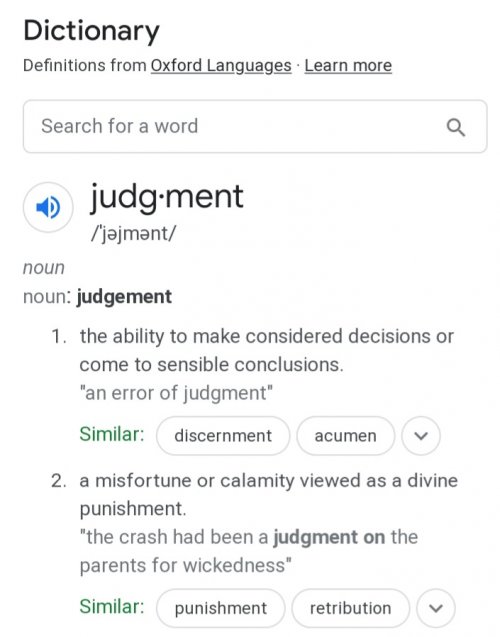- Aug 12, 2014
- 648
- 43
This occurred in our game today: groundball, the throw pulls the firstbaseman off the bag, the runner runs through the base. The runner turned inward to the fair side of the line and walked back toward first without making any move towards second. The firstbaseman tagged her before she returned to the base and the ump called her out. The ump said it doesn't matter whether the runner makes an actual move toward second, turning to her left puts her in jeopardy.
My understanding has always been that it doesn't matter which way the runner turns, that as long she doesn't make any attempt or move towards second she is not at risk of being put out. What's the correct rule?
My understanding has always been that it doesn't matter which way the runner turns, that as long she doesn't make any attempt or move towards second she is not at risk of being put out. What's the correct rule?






